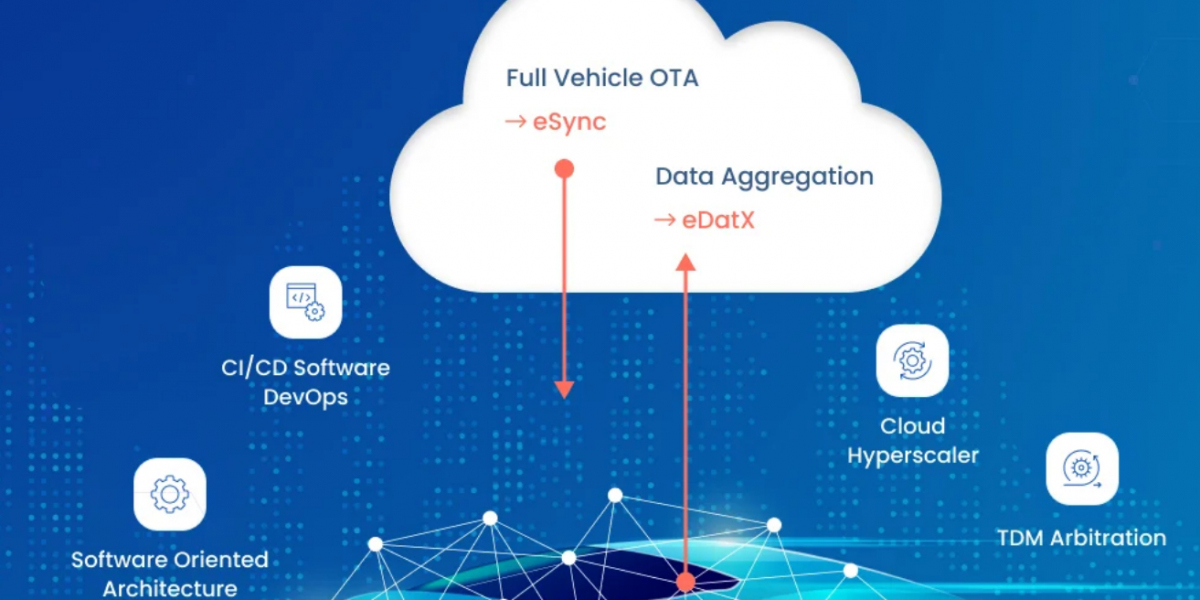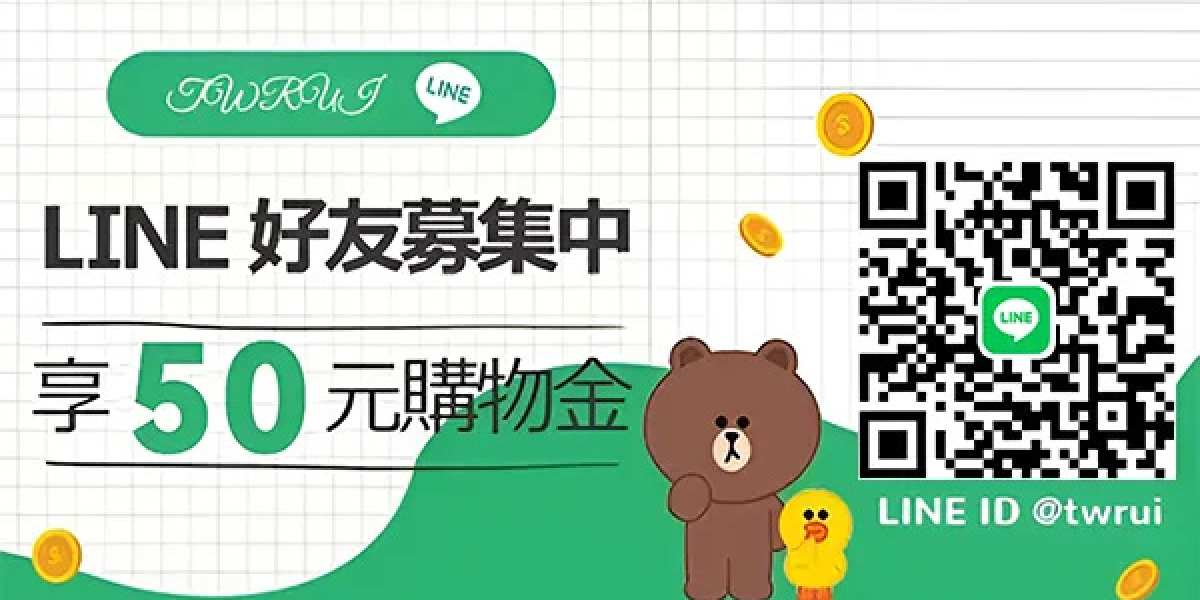Connected automotive solutions contribute to traffic management and congestion reduction through a combination of advanced technologies and real-time data exchange. One of the key mechanisms by which they achieve this is through the integration of vehicle-to-vehicle (V2V) and vehicle-to-infrastructure (V2I) communication systems. These systems enable vehicles to exchange critical information with each other and with roadside infrastructure, such as traffic lights and road sensors, in real-time.
By leveraging this real-time data exchange, connected vehicles can gain insights into traffic flow, road conditions, and potential congestion points ahead. Armed with this information, drivers can receive dynamic route guidance and alternative route suggestions, allowing them to bypass congested areas and reach their destinations more efficiently. This proactive approach to navigation helps to alleviate congestion on heavily trafficked routes and distribute traffic more evenly across road networks.
Connected automotive solutions enable traffic management authorities to implement dynamic traffic management strategies in response to changing conditions. For example, traffic signals equipped with connected technology can adjust their timing and phasing based on real-time traffic flow, optimizing the movement of vehicles through intersections and reducing unnecessary delays. Similarly, freeway ramp metering systems can dynamically regulate the flow of vehicles entering highways, preventing congestion from forming on entrance ramps and improving overall freeway throughput.
In addition to optimizing traffic flow, connected automotive solutions facilitate smarter parking management, further reducing congestion in urban areas. Through the integration of parking sensors and smart parking applications, drivers can easily locate available parking spaces in real-time and reserve them in advance. This reduces the time spent circling for parking and eliminates the need for drivers to double-park or block traffic while searching for a spot, thereby improving traffic flow and reducing congestion on city streets.
Furthermore, the integration of connected technologies into public transportation systems enhances the efficiency and reliability of mass transit networks, offering commuters viable alternatives to driving. Real-time tracking and scheduling systems enable passengers to access up-to-date information about bus and train arrivals, reducing wait times and uncertainty. Additionally, connected buses and trains can communicate with traffic signals to receive priority treatment at intersections, ensuring smooth and efficient travel along their routes.
Overall, connected automotive solutions represent a powerful tool for managing traffic and reducing congestion on our roads. By enabling real-time data exchange, dynamic route guidance, and proactive traffic management strategies, these technologies empower drivers and traffic management authorities to work together towards a more efficient and sustainable transportation system. As connectivity continues to evolve, the potential for further advancements in traffic management and congestion reduction is virtually limitless, offering hope for a future where traffic congestion is no longer a daily frustration but a thing of the past.








